The art of glass blowing
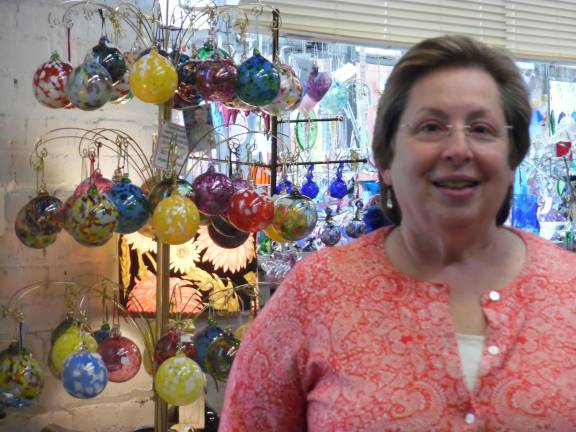
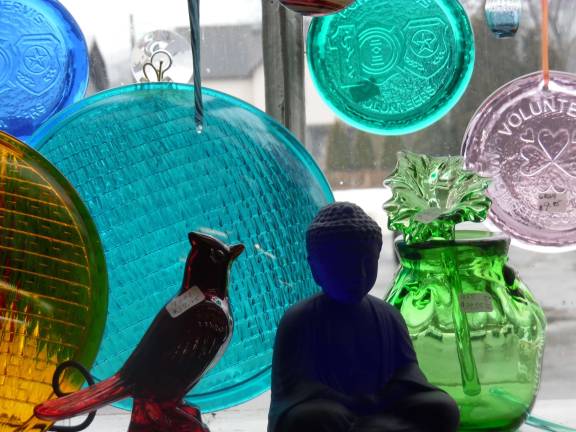
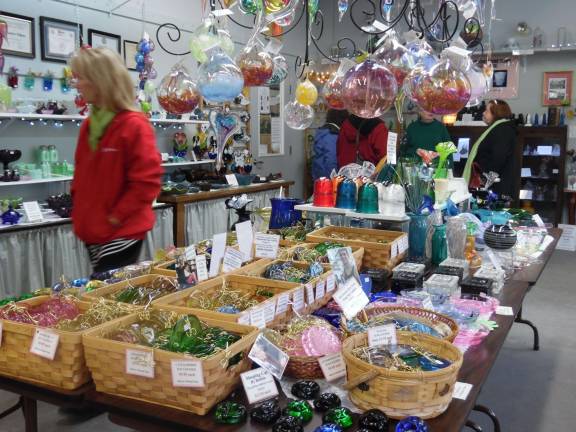
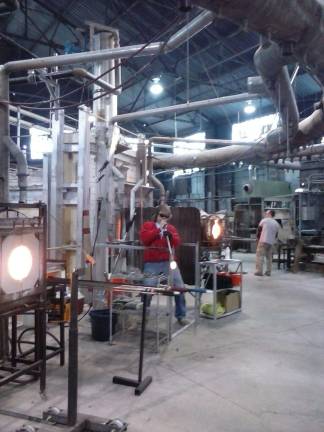
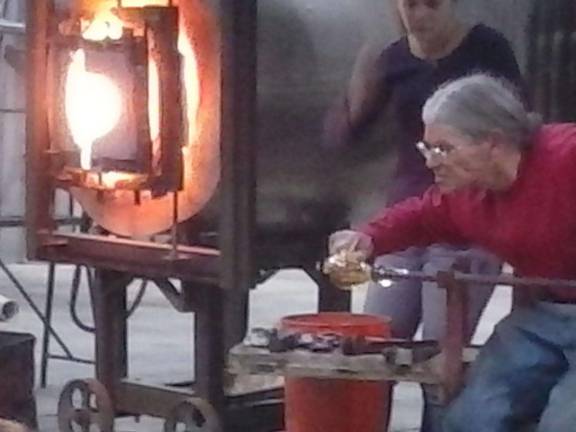
PORT JERVIS — Gillinder Glass has stood in Port Jervis’ Erie Street since 1861, and it’s still going strong.
Run by the same family, Allyson and Charlie Gillinder are 6th generation owners and operators. The factory has a commercial side.
Allyson explained, “We make over half of all US airport runway lights,” and also an artistic side.
Visiting glass blowers make glass pieces using age-old techniques. Glass art by US and Canadian artists is sold on the premises.
Glass blowing in actionThe Courier visited a special event where several glassblowers demonstrated their skills.
“Glass only has three components: sand, soda ash, and lime,” the tour guide explained at the beginning of the session.
Glass blowing is done in a team, although the glassblowers work on their own individual pieces. Several fires are brought to very high temperatures in the huge factory hall, and the glass blowers work fast on their individual pieces.
To do all the necessary steps at the right time, they have assistants nearby who help them, and when necessary, other glass blowers step in to help their colleagues.
There’s constant movement as the artists move around the furnaces and work stations, often carrying blowpipes with molten hot pieces of soft glass glowing orange attached at the end in a ball, and molding their pieces with sharp instruments.
Once shaped, it has to be cooled just by the right time and temperature — otherwise, it may crack very quickly.
On the day, the guest glass blowers were: Mike Panella, Mitch Chasmar, Arnie Plotsky, Bobbi Lyons, Andrew Decker, Andrew Plummer, Jeff Travers, Chris Travers, and Al Hough. Most are local, but some visited from out of area.
The glassblowers occasionally get burned, reported Andrew Plummer, one of the glassblowers who’d come up from Baltimore, Maryland.
”Everything here either cuts or burns you,” he added with a smile.
Plummer continued, “I can tell the piece is the right temperature by watching it in the furnace. Once it starts to move at the end of the blowpipe, I take it out, and take a look at it. If it’s not the right temperature, I put it back in.”
The factory was originally started in Philadelphia by English immigrants, and relocated to Port Jervis in 1912.
“We now employ about 70 people,” Allyson concluded.